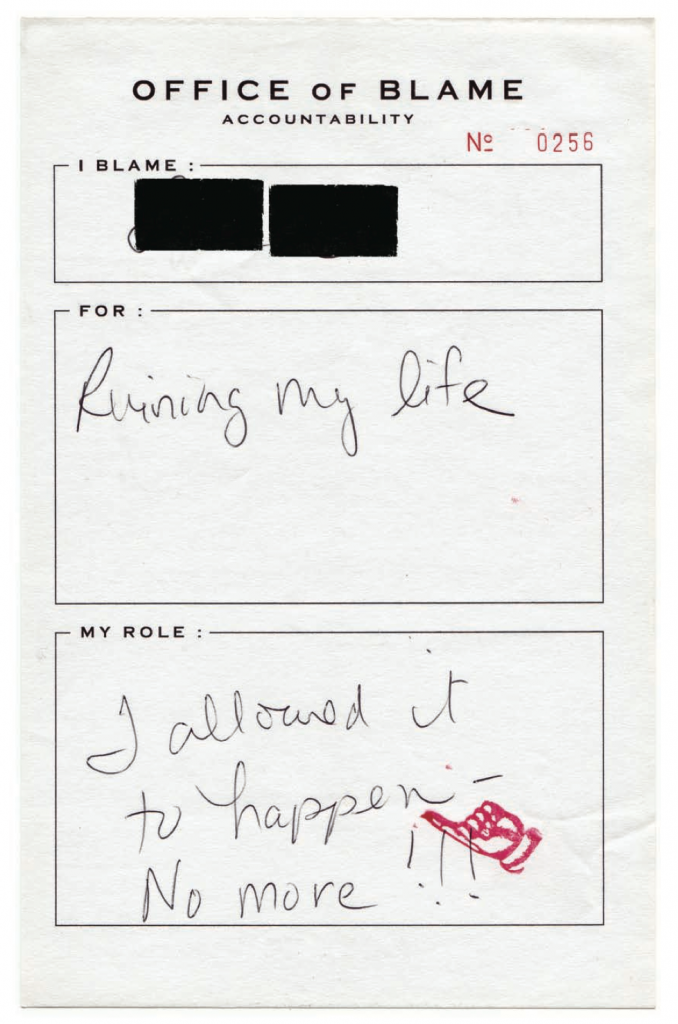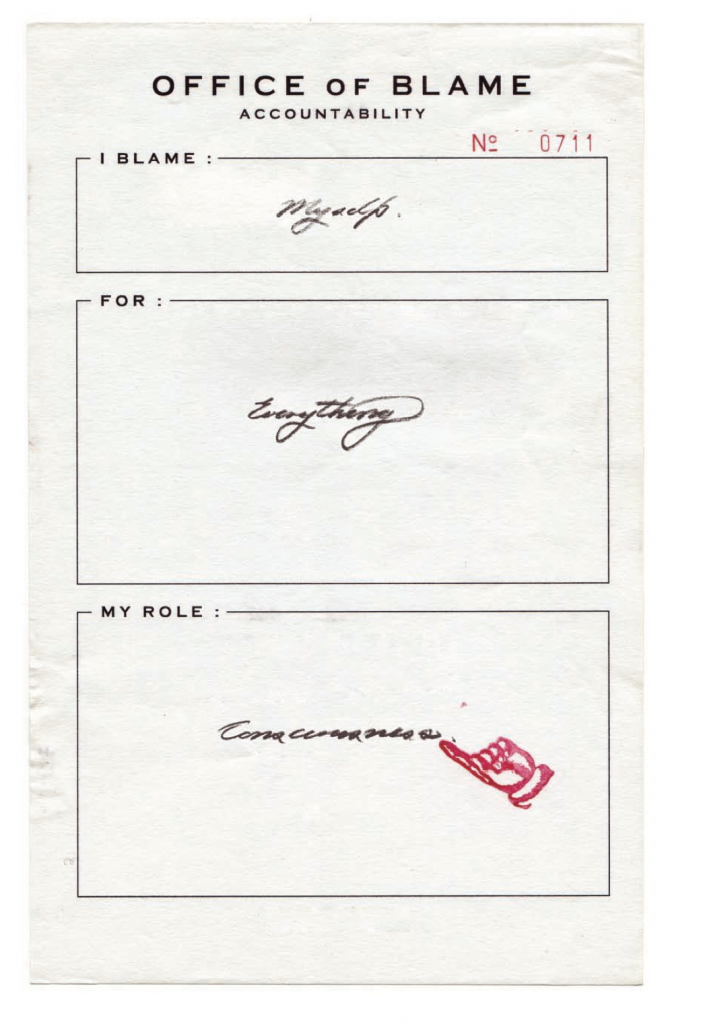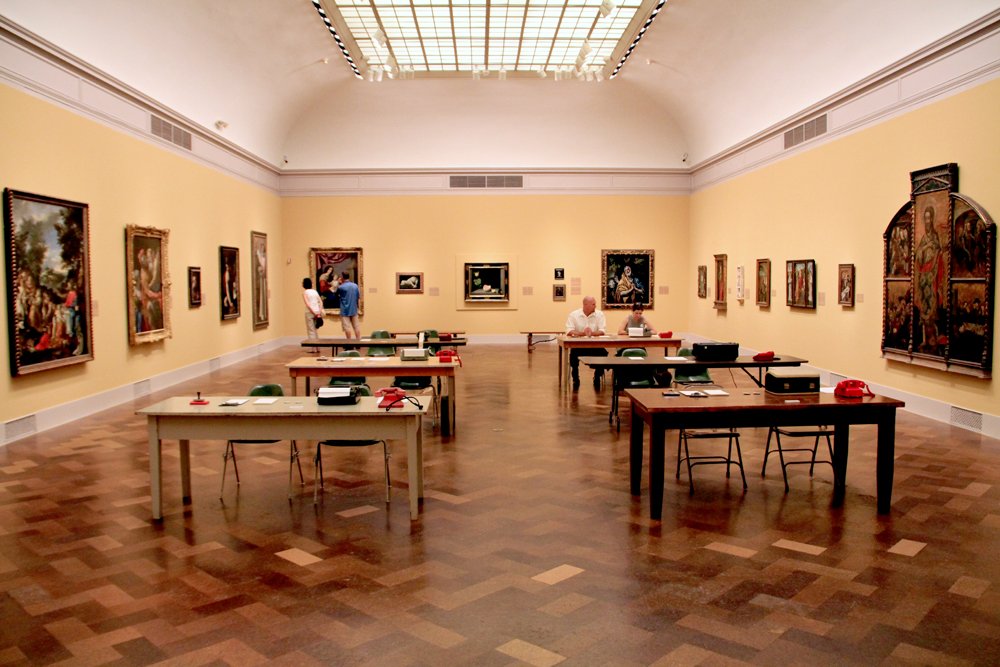Office of Blame Accountability
I blame my mother for making me so neurotic. I blame my ex-husband for not giving me a child. I blame G.W. Bush for the war in Iraq. Welcome to the Office of Blame Accountability (OBA). Co-founders Carla Repice and Geoff Cunningham explain, “It’s not an office, it’s just life.” These self proclaimed “Blame Accountants” founded the OBA in 2007, six years after 9-11, two years after Hurricane Katrina, and in the midst of a war in Iraq and Afghanistan. They felt they were living in a country filled with apathy, injustice, victimization, and oppression–a country deeply rooted in systems of corporatism and nationalism.
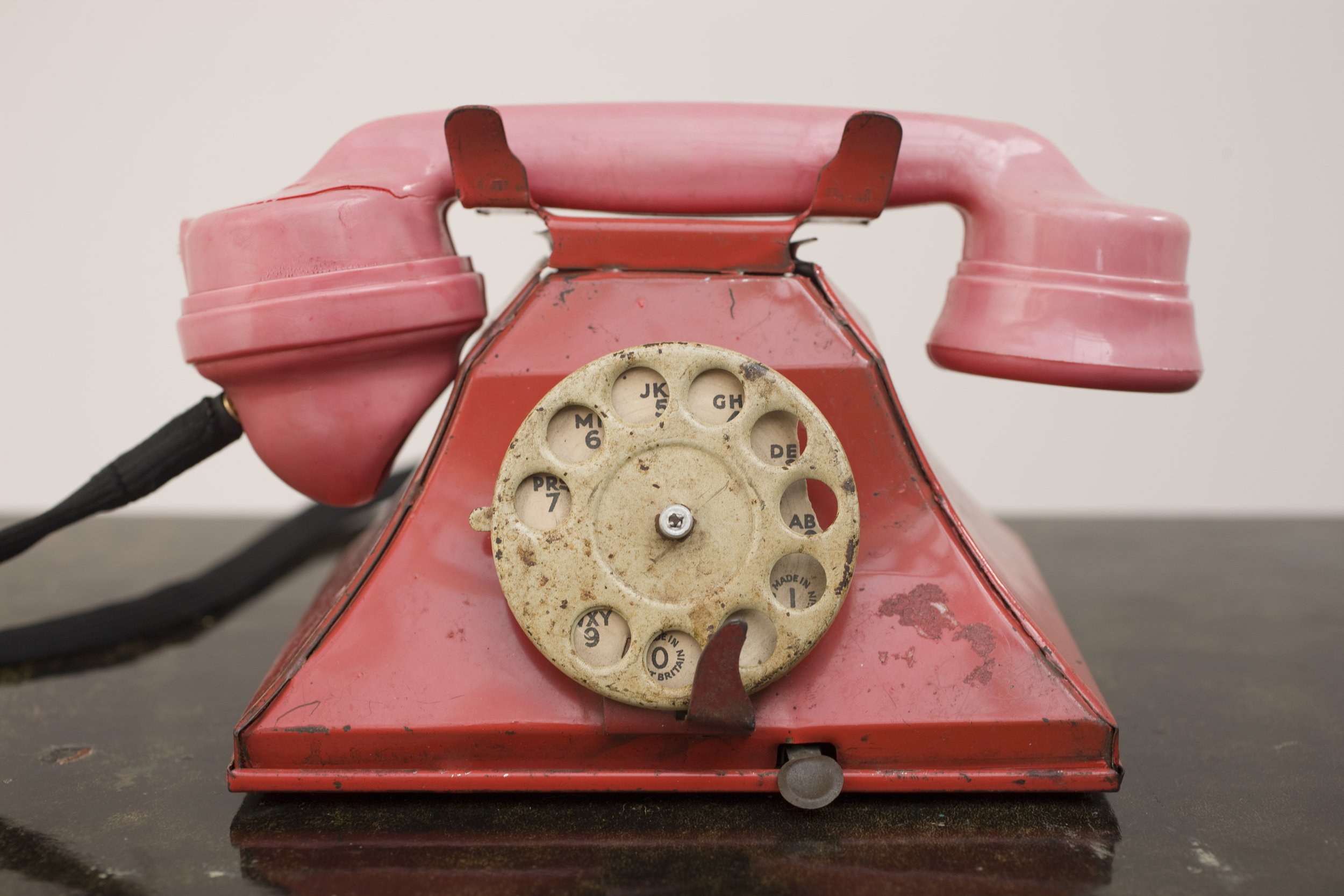
Instead of participating in the blame game that the media so successfully hypes, these artists decided to expose the system of blame using two angles: compassion and accountability. Most people want to express and receive compassion yet find it difficult to take responsibility for wrongdoings. It can be much easier to blame somebody or something else for your problems than it is to point the finger at yourself. The habit of blaming others which is so ingrained in our society, threatens our personal well-being and ability to be compassionate. Think of how the body feels in any moment of blame. Perhaps a jaw or fist clenches, notions of being right occupy the mind, and the body becomes, on both a personal and collective level, rigid and hurt.
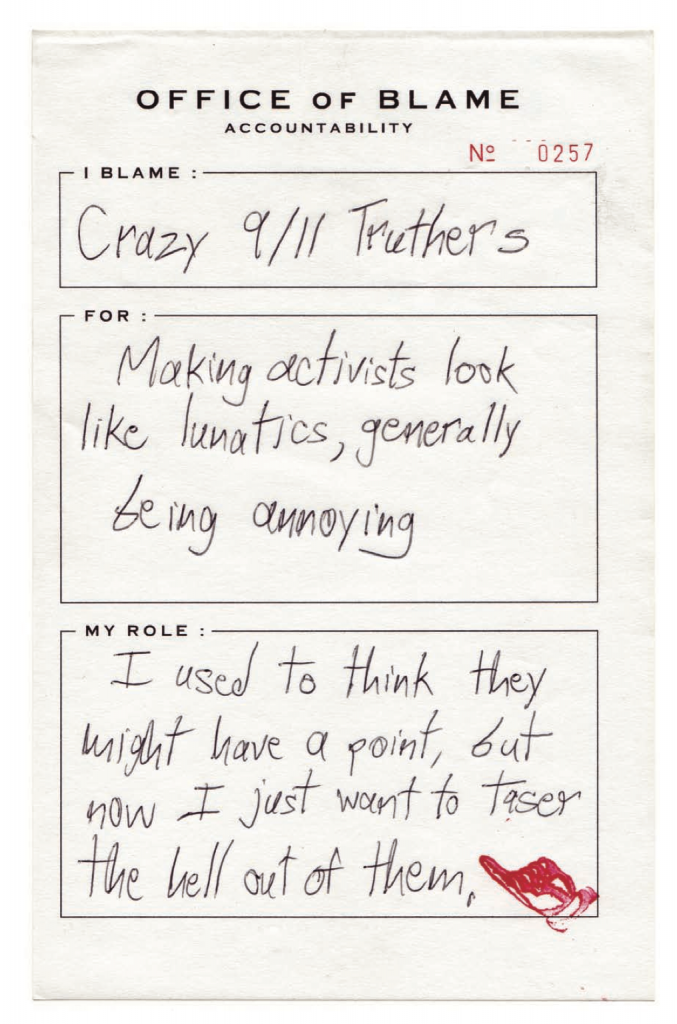
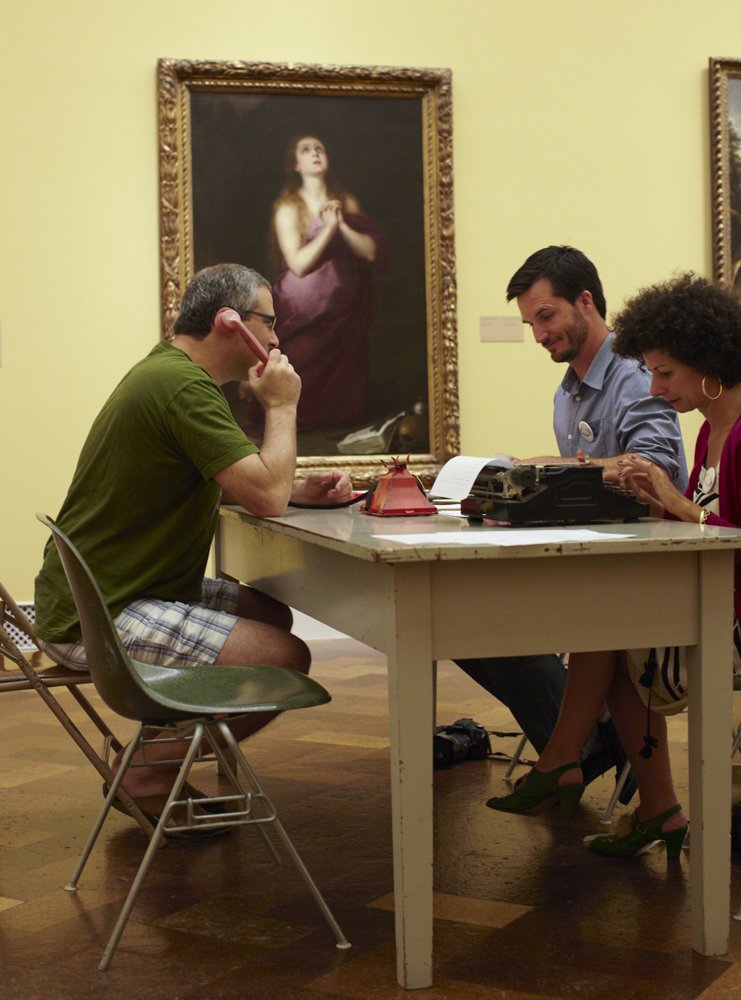
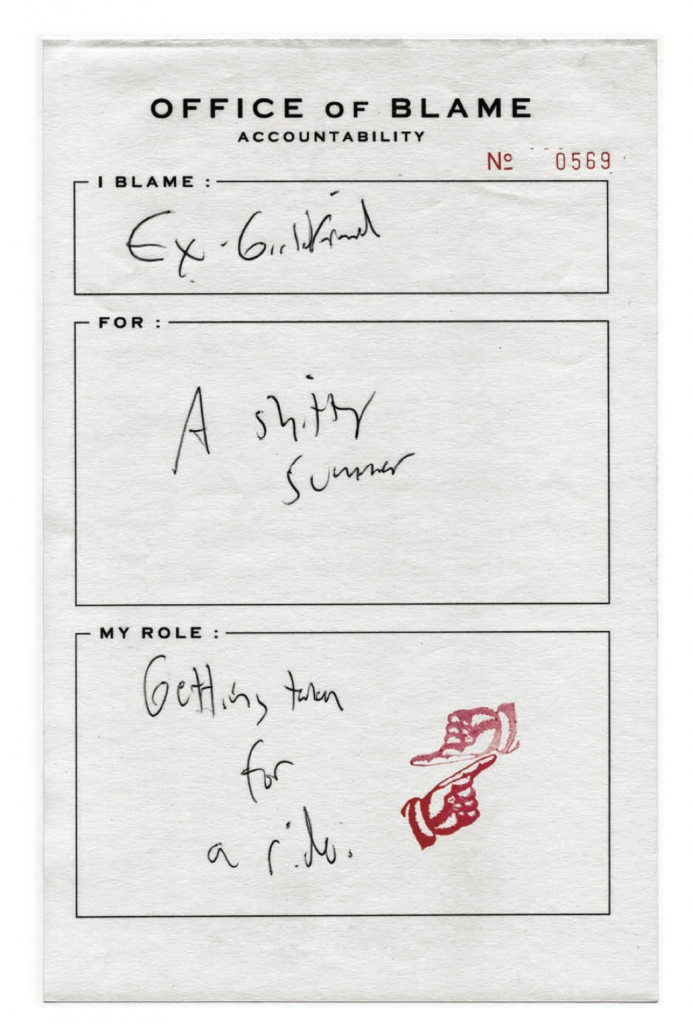
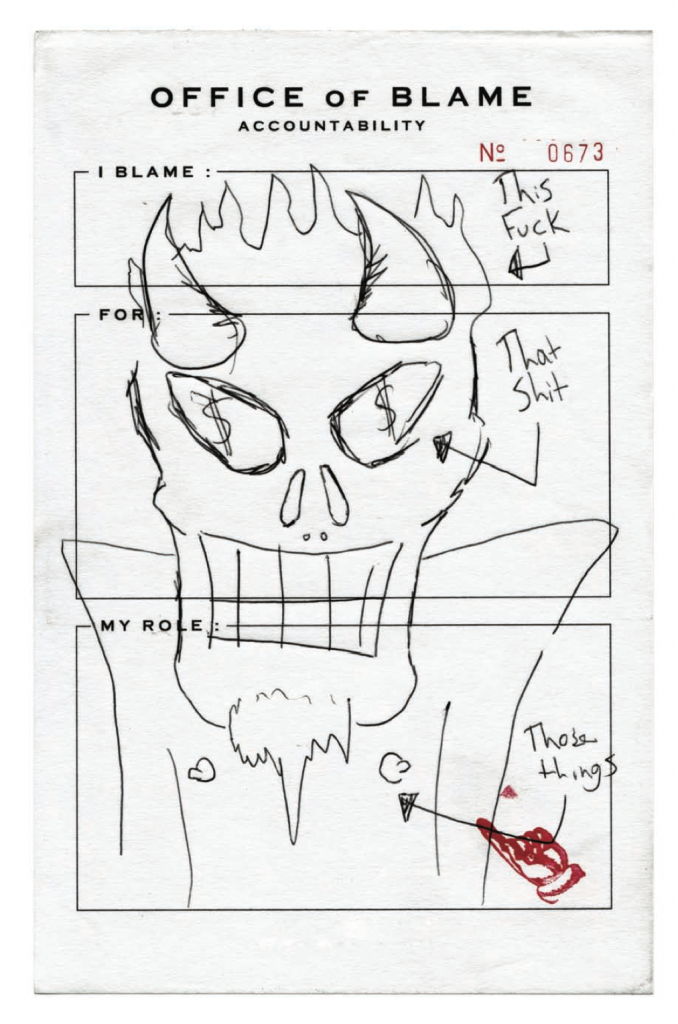
So how do the Blame Accountants work to reconnect the personal and collective body? All they need is a typewriter, a red phone and the American public. The OBA is a public “office.” It eliminates the perceived boundaries between art, life, and people. It has endless amounts of paperwork and it doesn’t make any money, but it gets the job done. It only has one phone–a red one–symbolizing a situation of emergency while giving you a chance to play. When you pick up the receiver to speak to the person or object of your blame, you realize it is a prop and nobody is at the end of the line but you. The paperwork you fill out allows you to unleash your blame towards a person, group, or system, and then just one box below, asks you to point to your own role in that predicament–inviting you to take accountability. At the end of the transaction all you take away is a receipt copy with only your accountability written on it, inviting further personal reflection.
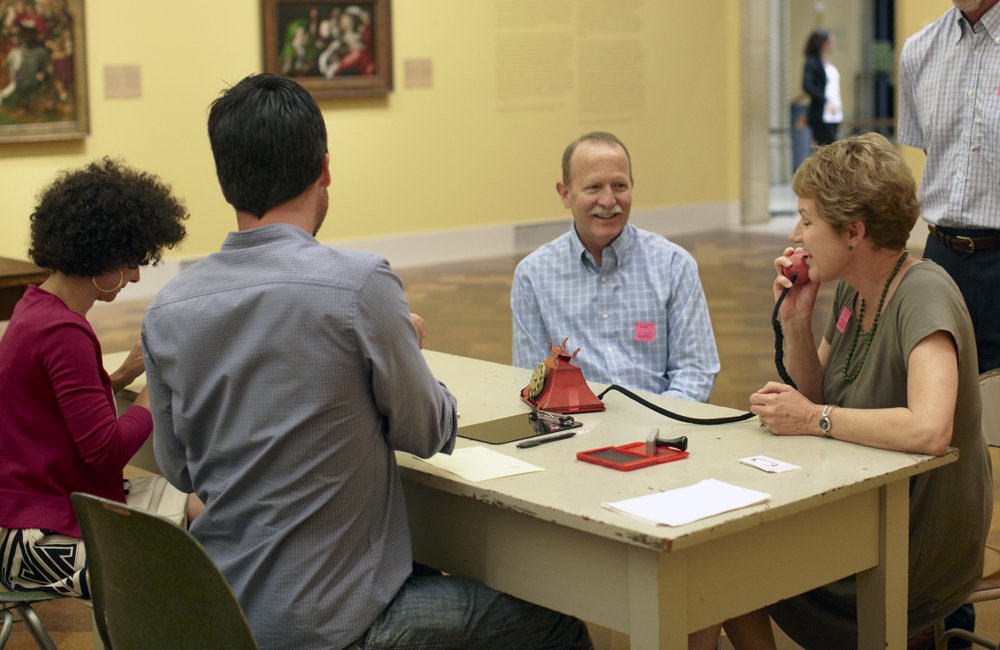

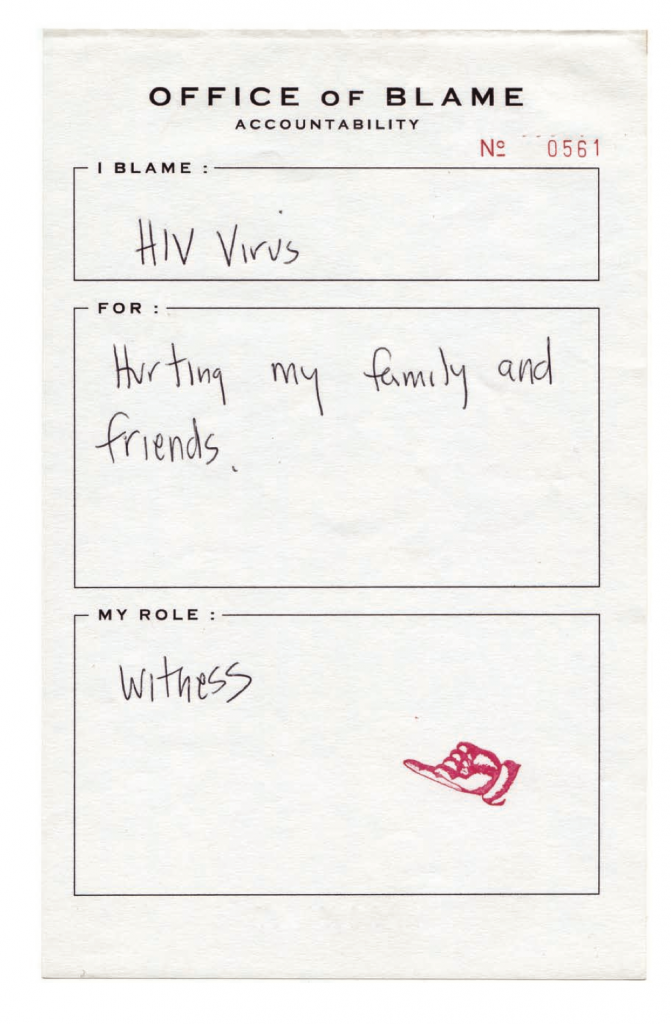
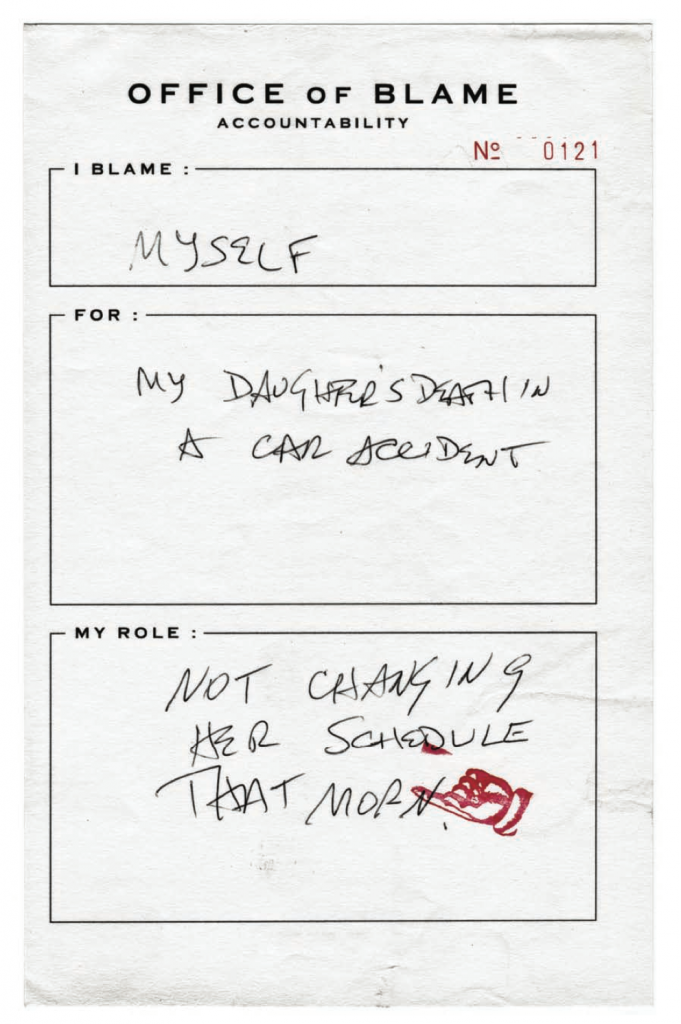
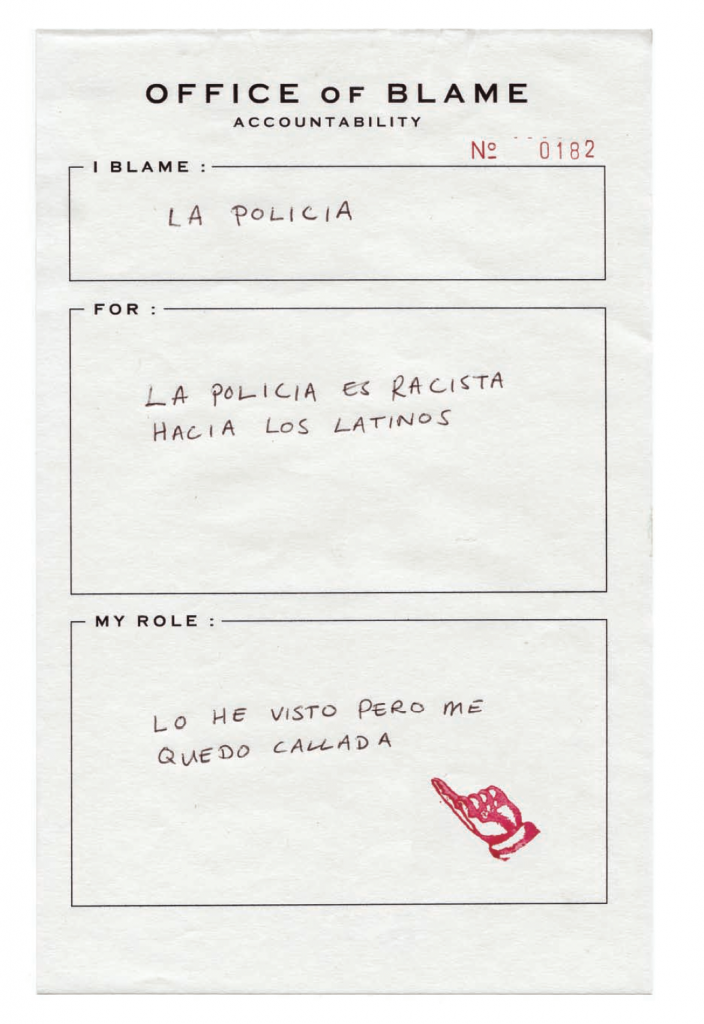
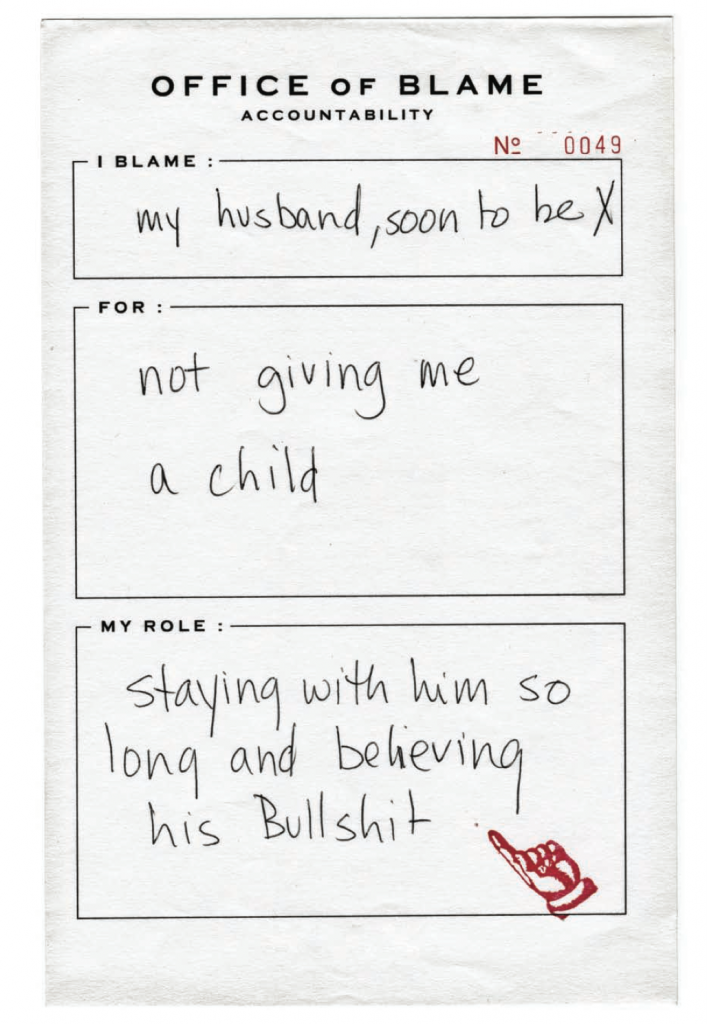
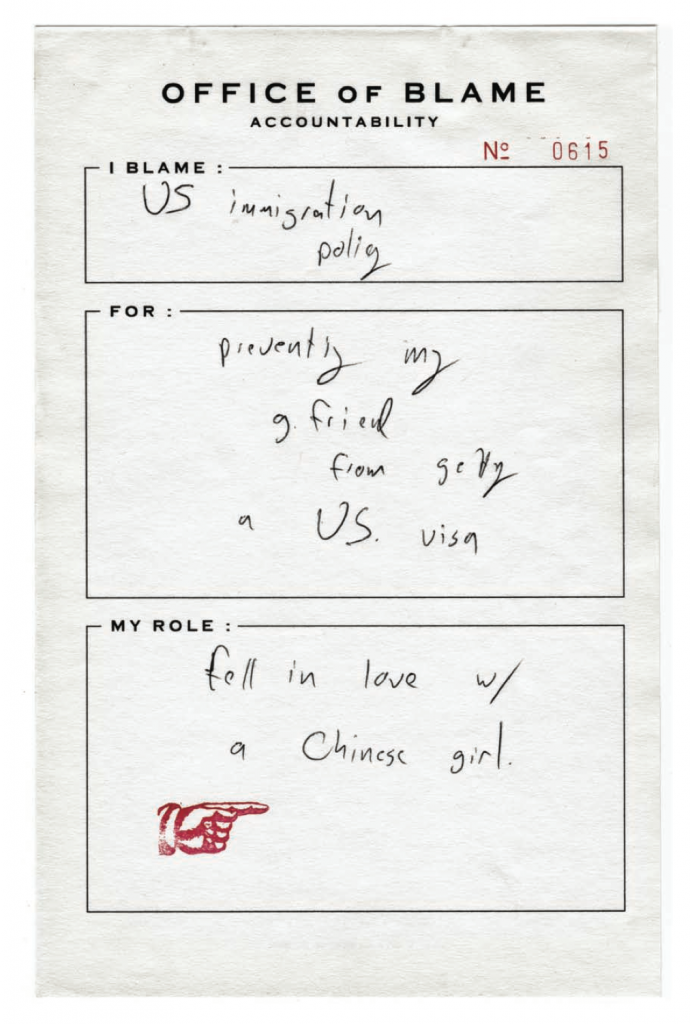
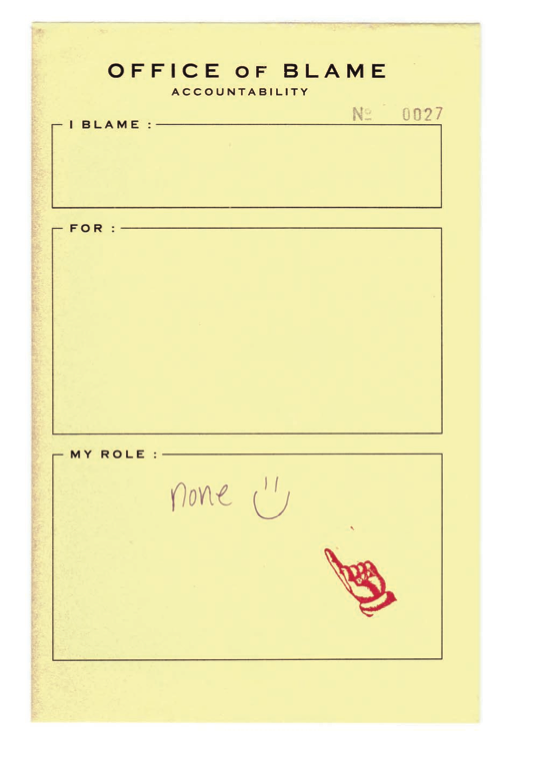
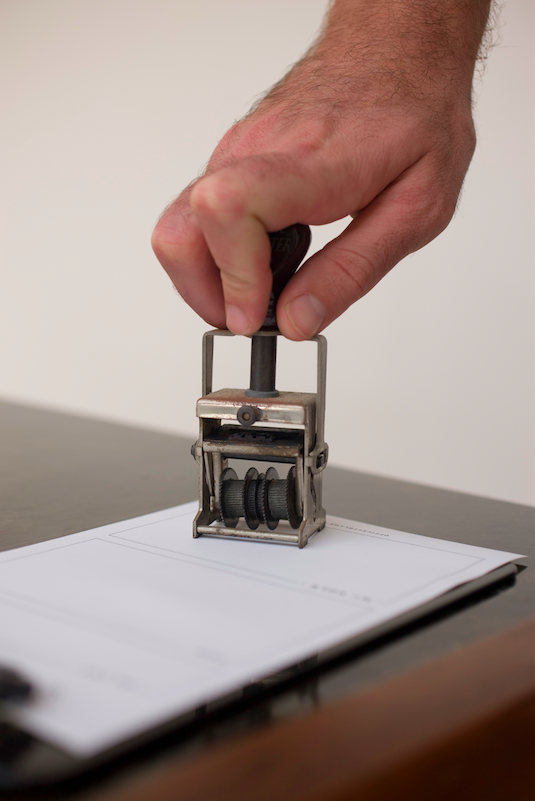
Blame Accountants have set up the office in areas where there is a high frequency of collective blame. The OBA has made its way to Ground Zero, the Republican National Convention, the Democratic National Convention, college campuses across the U.S.A and Wall Street (during the occupy uprising) among other places. Sitting unassumingly at a table with their typewrite and red phone, Blame Accountants invite passersby to blame, record, and reflect. Who has wronged you? What does it mean to take accountability for the actions–or inactions–of people, groups, and systems that have wronged you? If held accountable, where will you find yourself and what actions will you take?
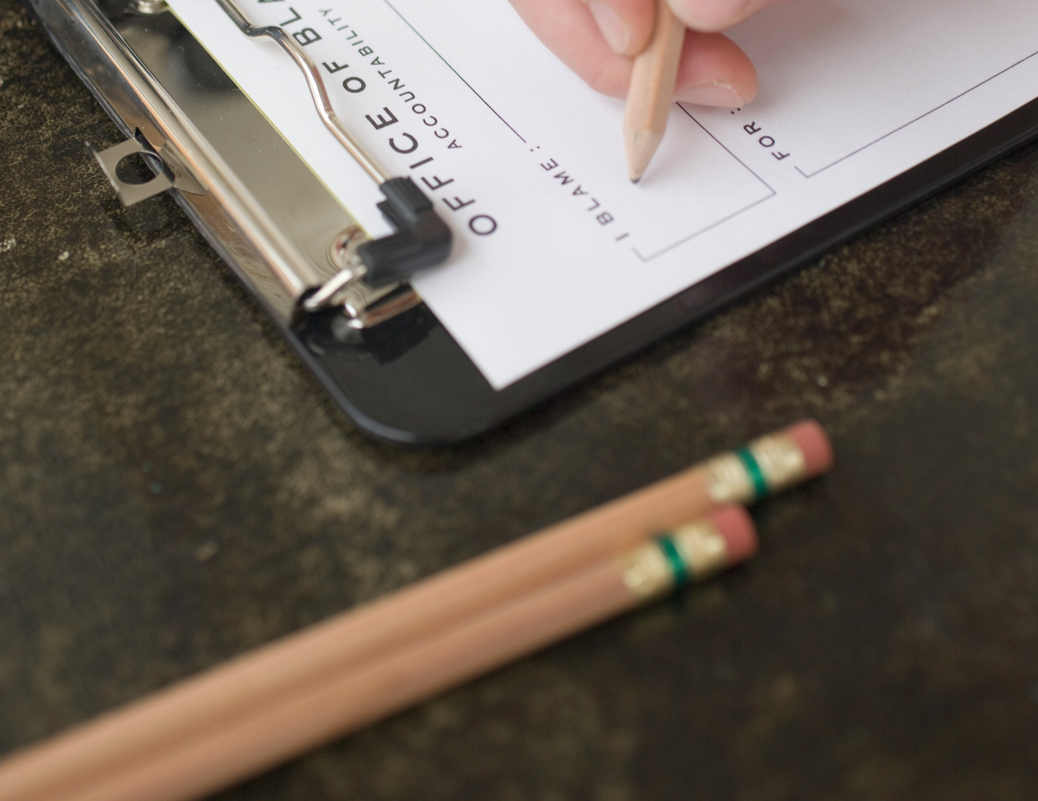
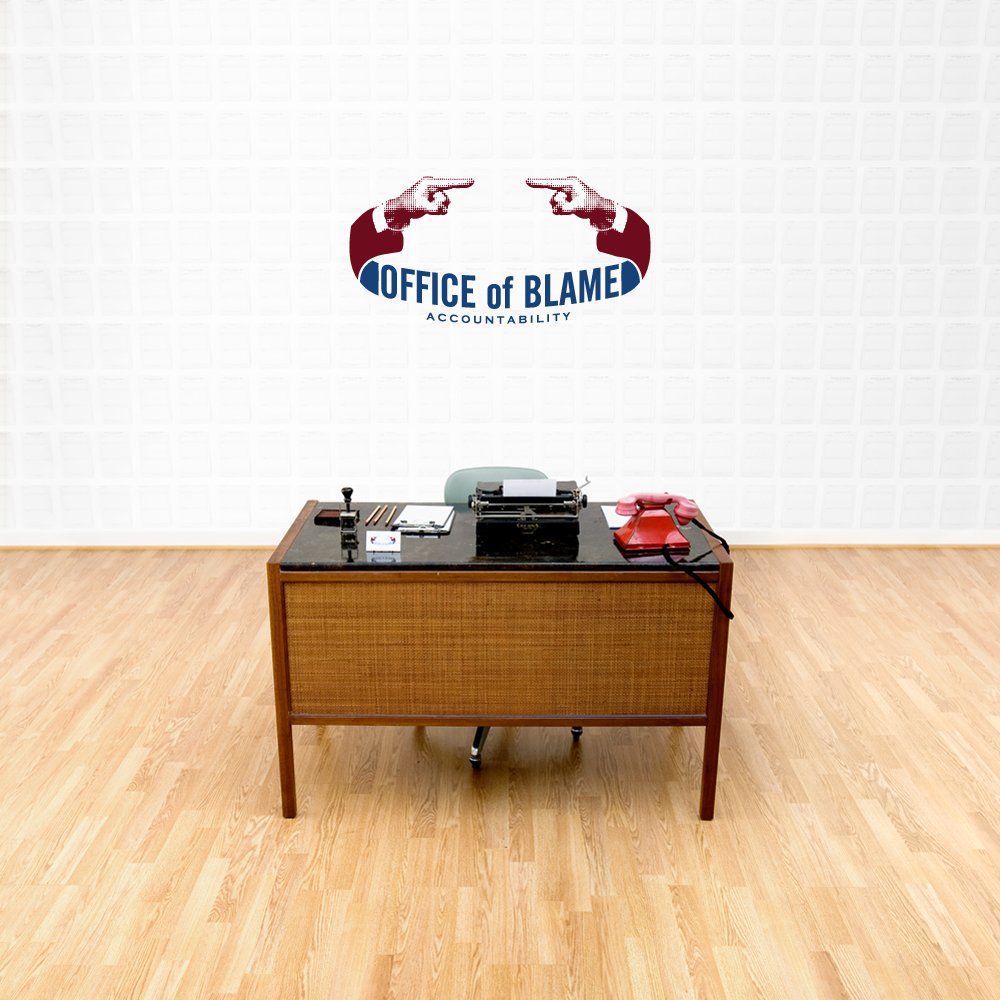
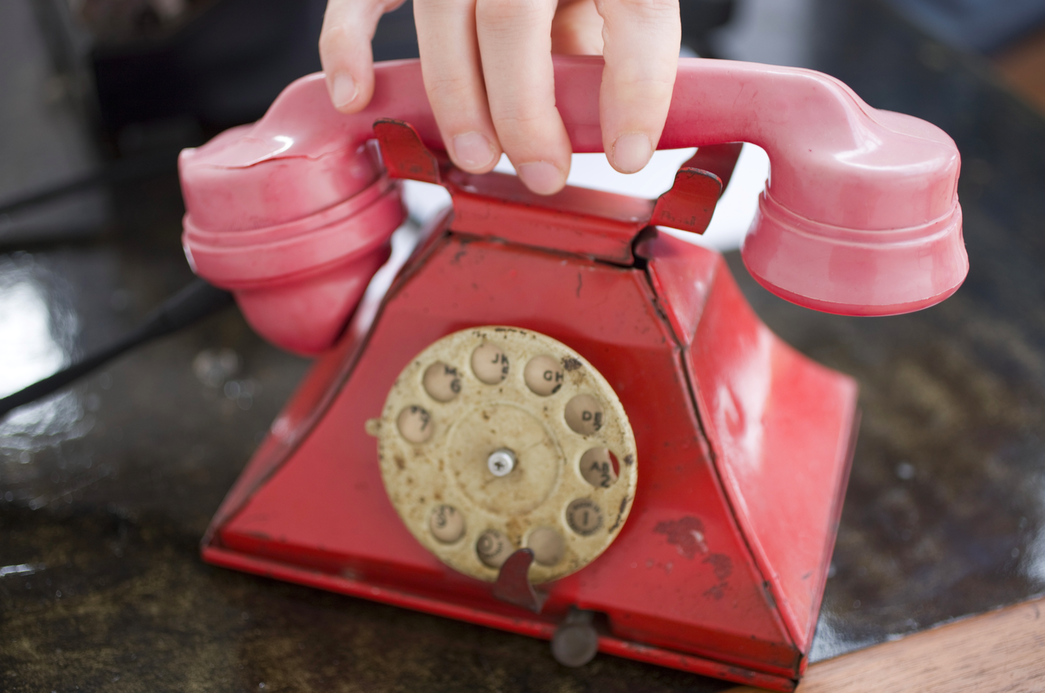
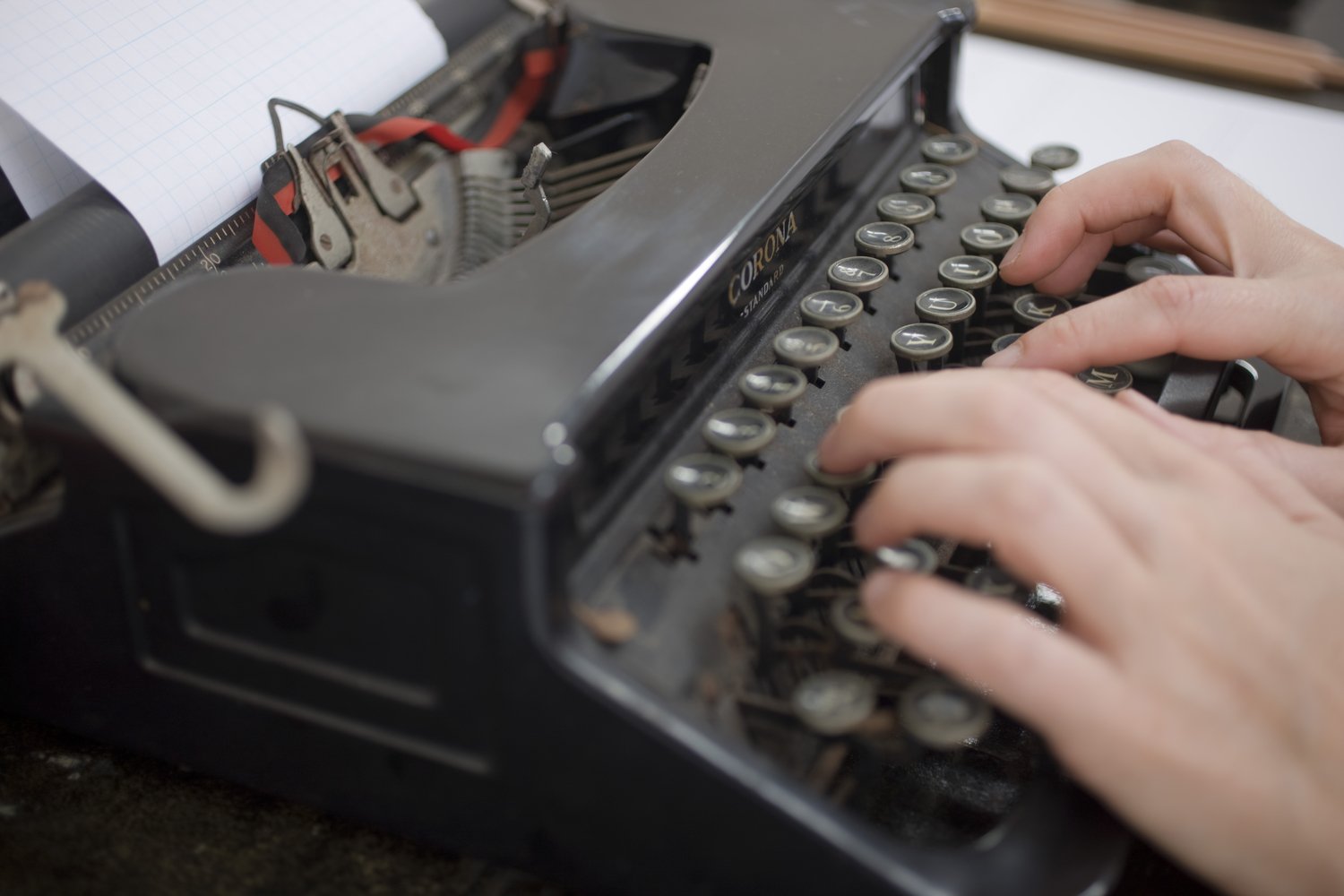
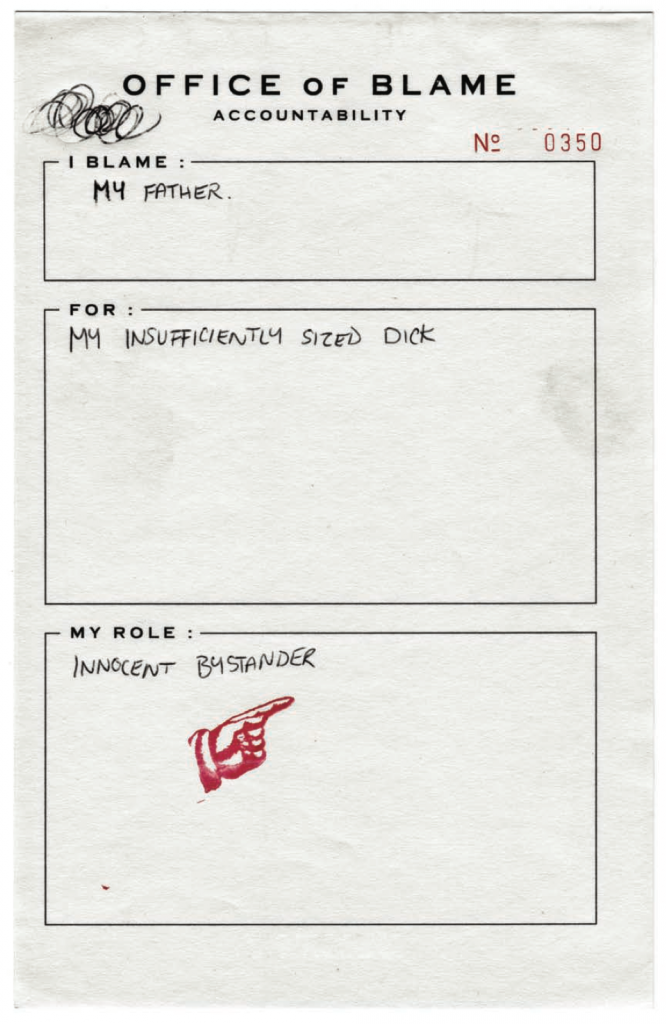
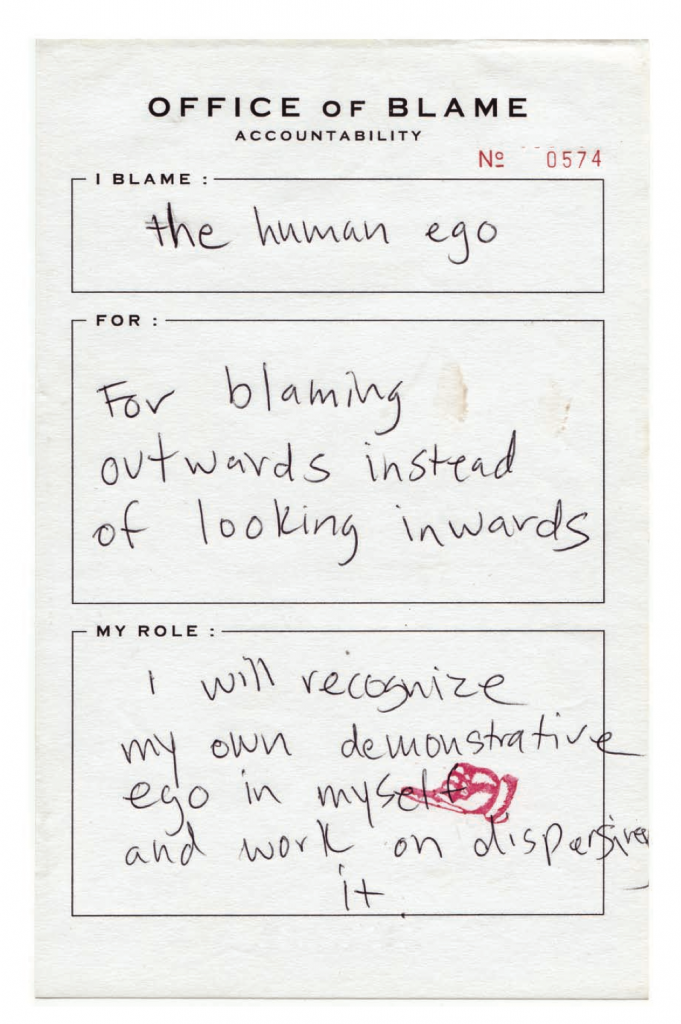
Through the OBA, the American public has an opportunity to examine habitual modes of interacting with problems (blaming, complaining) and begin to step outside these cubicles of thought. Hopefully, the venting and self-reflection that this art piece draws out from the public will lead to a more compassionate existence. The ultimate aim of the OBA is a set of its own three pointers: accountability, compassion, and freedom from the cycle of blame. In this sense, the OBA is a movement to change our mental offices, reach for the red phone, and convince the familiar voice at the end of the line to take action.
–Maya Pindyck, 2010
